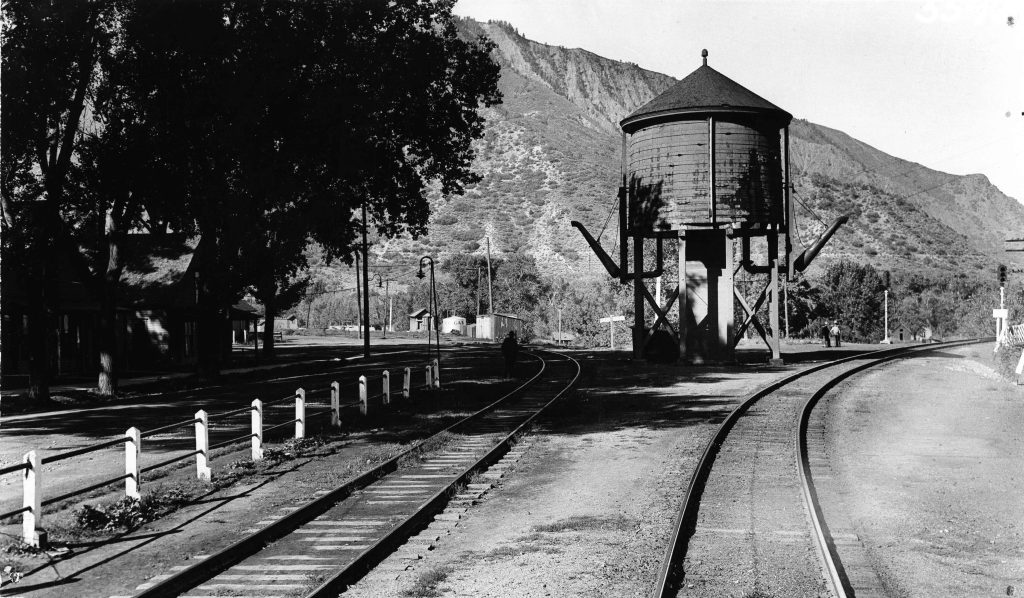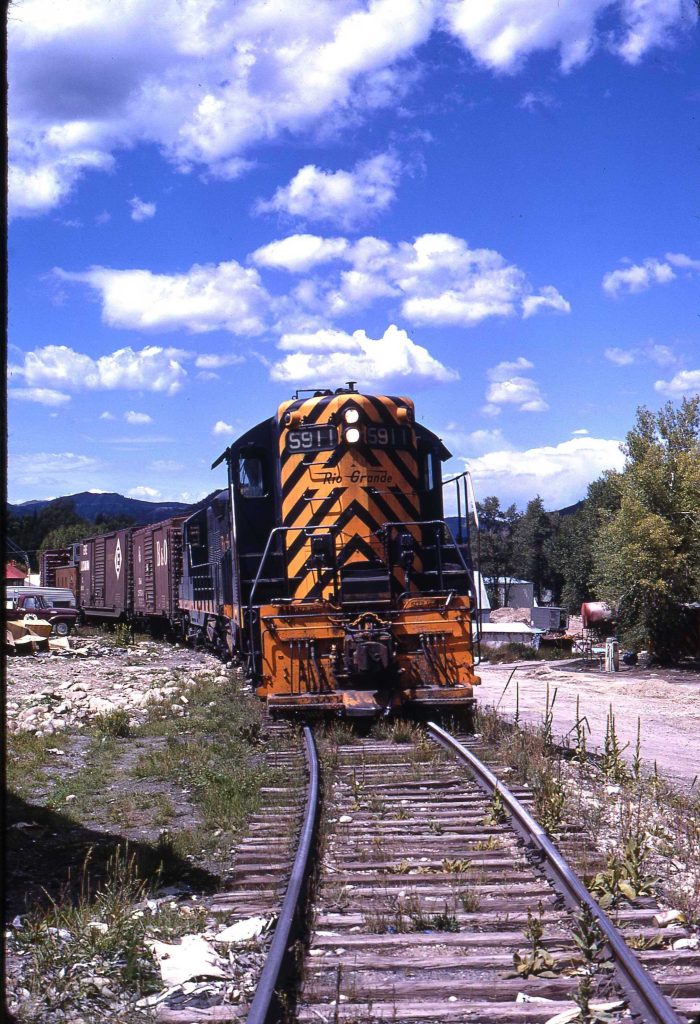
Aspen Historical Society/Courtesy photo
The Roaring Fork Valley’s Rio Grande Railroad will potentially be seen for the last time as the Roaring Fork Transportation Authority commences plans to remove it this year.
The tracks, which currently sit in pieces overgrown by vegetation, will be dismantled and sold. The money that RFTA makes from this project will go toward paying for the work it took to remove them in the first place. If there are any remaining funds, those will go toward restoring the land through reseeding of native vegetation.
Phase 1 of the salvage project is set to begin on June 1 and go through the end of the month. In this phase, crews will be working on clearing the rails of vegetation that could impede future rail removal efforts from Glenwood Springs to Wingo Junction in the Basalt area.
Because portions of this project will take place alongside the Rio Grande Trail, trail users could see work crews working to clear vegetation for the duration of the efforts.
“At this stage, we don’t anticipate major impacts to the Rio Grande Trail,” said Jamie Tatsuno, public information officer for RFTA. “However, because a rail salvage contractor has not yet been selected, we won’t know the exact impacts until the contractor provides RFTA with a detailed methods and schedule plan. That plan will clarify whether any short-term closures or detours will be needed, though trail disruptions are expected to be minimal.”
The railroad, which first landed in the Aspen area in 1887, was the first to transport silver ore from mines in Aspen to be smelted in other places, according to the Aspen Historical Society.
Before transporting its last rail car in the mid-1980s, the Rio Grande Railroad added passengers, other metals, and agricultural goods to its roster.

“It was active for passenger service into Aspen, until 1949,” said Aspen Historical Society Archivist Anna Lookabill Scott. “It was still going on into the early ’60s, and then mainly freight. They brought sheep up every year in the spring and then took them back out in the fall. It was for ranching-related stuff, potatoes that were being shipped out.”
Toward the end of its life, the railway was only operating as far up as Woody Creek, where the Pitkin Iron Corporation would load its iron.
There were conversations and studies into whether the railroad could be used for more regular transportation in the valley, but those studies never resulted in the railway’s use for public transit, according to AHS.
RFTA eventually would take control of the corridor, and in 2002, they began to build the Rio Grande Trail alongside much of the old tracks.
The next phase of the project, which will include actual rail removal, does not yet have a determined time window. RFTA is hoping they will be able to start the removal during the fall off-season for the Rio Grande Trail.
“RFTA’s preference is to conduct the rail salvage work during the fall off-season,” said Tatsuno. “However, the specific timing and duration of Phase 2 will be finalized once a contractor is selected and under contract.”
Following the salvage of the rail, RFTA will still own the land that the railroad currently sits on. Should the possibility ever arise, RFTA retains the rights to operate a train service on the Rio Grande corridor.









